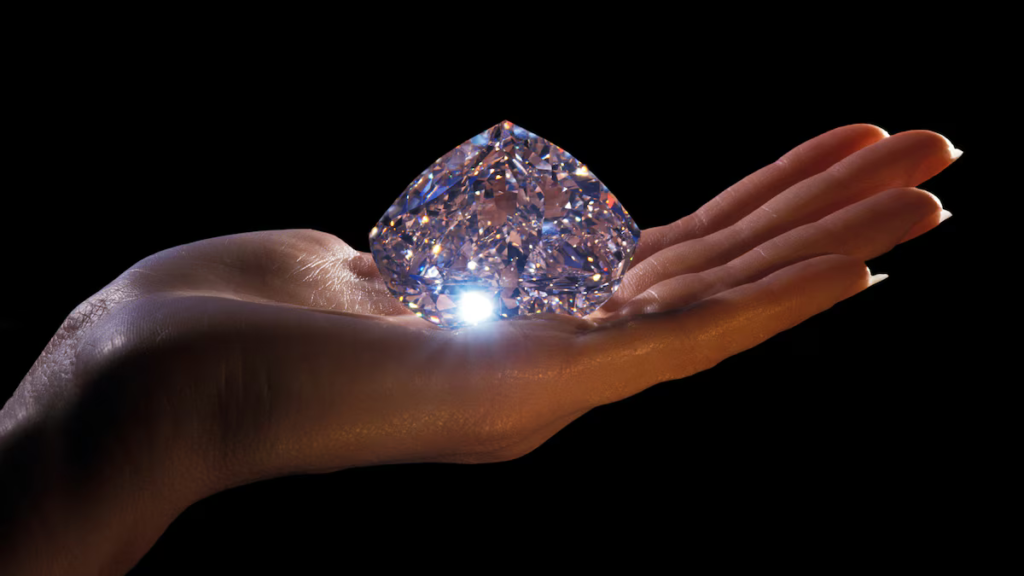In April 2025, the U.S. government introduced a new 10% import duty on polished diamonds—a move that has sent tremors across the global luxury market and prompted a reckoning within the international diamond industry. Coming amid a slowdown in global high-end consumption and mounting economic challenges in China, the tariffs have accelerated disruptions already facing one of the world’s most iconic industries.
The new policy, spearheaded by President Donald Trump, sets a base 10% tariff on diamond imports but escalates rates depending on bilateral trade deficits. India, which supplies the majority of the world’s polished diamonds, faces a hefty 27% tariff. Meanwhile, the European Union and China contend with 20% and 34% levies, respectively.
With the United States accounting for more than half of global demand for polished diamonds, the repercussions of the new tariffs are both swift and far-reaching. Retailers, manufacturers, and consumers are all feeling the pinch. As prices rise, analysts forecast decreased demand, particularly for larger and high-grade stones. Instead, budget-conscious buyers may lean toward synthetic alternatives, such as lab-grown diamonds, or opt for simpler designs.
Indian industry leaders, like Kirit Bhansali of the Gem & Jewellery Export Promotion Council (GJEPC), have voiced alarm. He described the reaction in Surat—India’s diamond hub—as “panicked,” with exporters uncertain about how to absorb or pass on the steep additional costs. Already, India’s polished diamond exports have slumped to a 20-year low, underscoring the gravity of the situation.
The Antwerp World Diamond Centre (AWDC), a major European trading hub, reports that daily diamond shipments have plummeted to just one-seventh of pre-tariff volumes. CEO Karen Rentmeesters likened the downturn to the early days of the COVID-19 pandemic, describing the tariffs as “misguided,” given that the U.S. has no domestic polished diamond production.
The job impact could also be significant. Over 99% of diamonds sold in the U.S. are imported. The new duties affect not only jewelers but also advanced manufacturing sectors—such as aerospace and precision tools—that depend on diamond inputs.
At the same time, the global industry is further strained by sluggish luxury spending in China, intensifying the challenges facing diamond markets worldwide. With less consumption from the East and more restrictive access to the U.S. market, diamond traders face shrinking margins and heightened uncertainty. Some players, like De Beers, are pushing for trade exemptions or new bilateral frameworks to cushion the blow.
The industry now stands at a crossroads—caught between regulatory upheaval, economic downturns, and shifting consumer behaviors. The sparkle may not be gone, but for now, the shine of the diamond trade is dimming.
